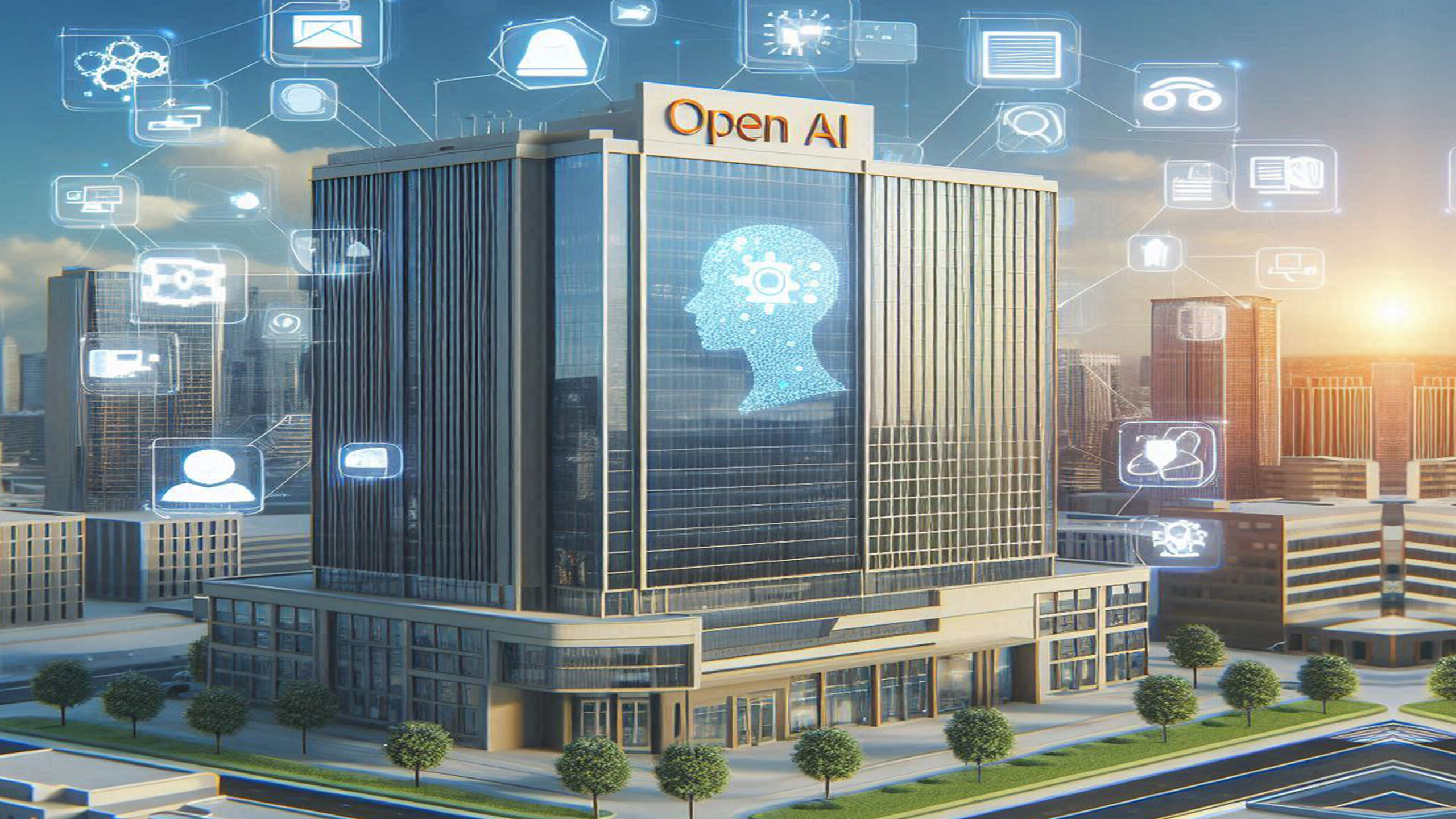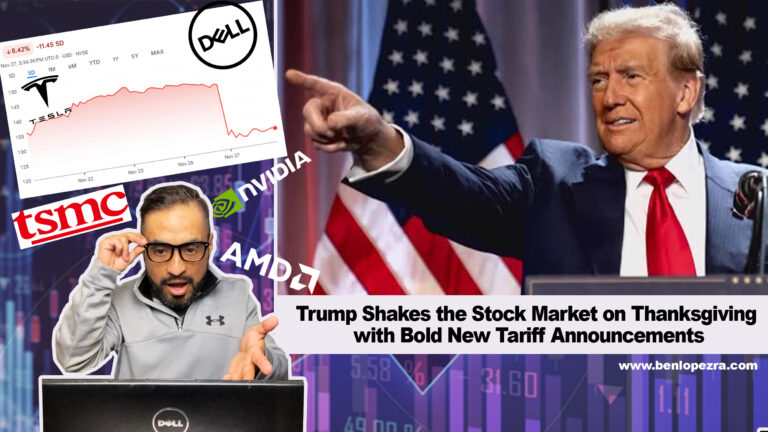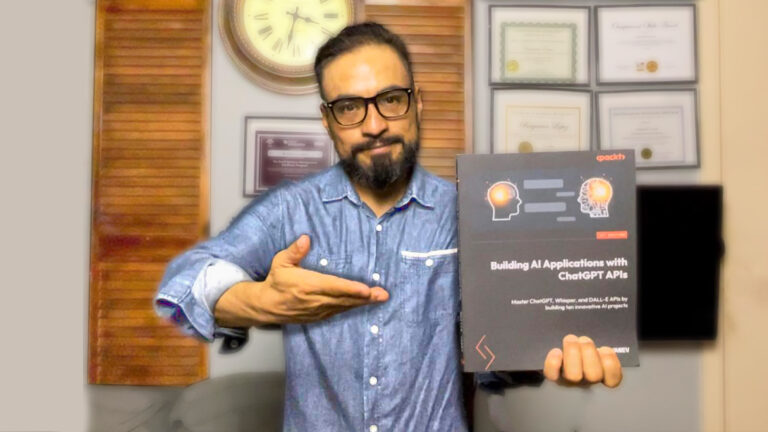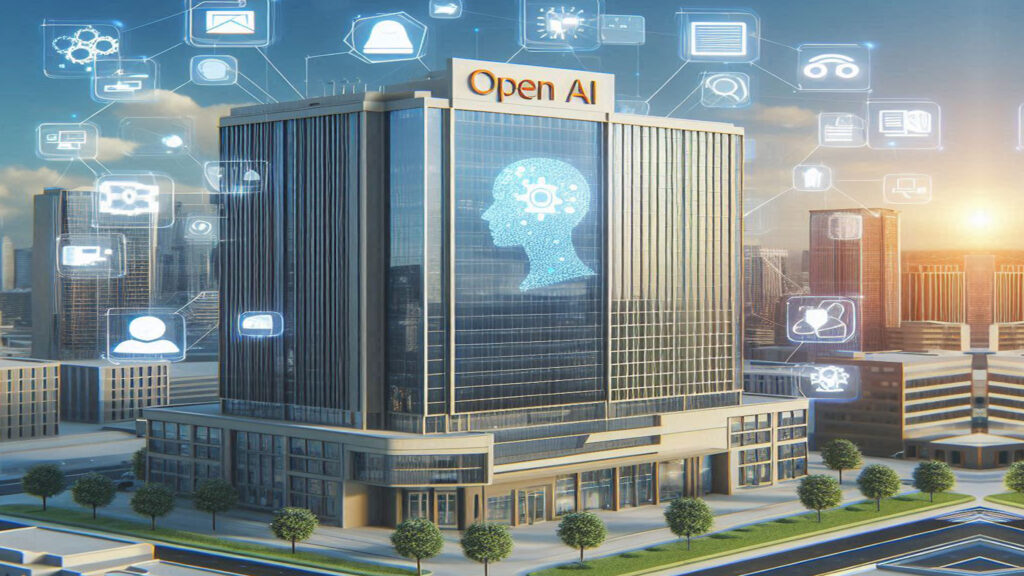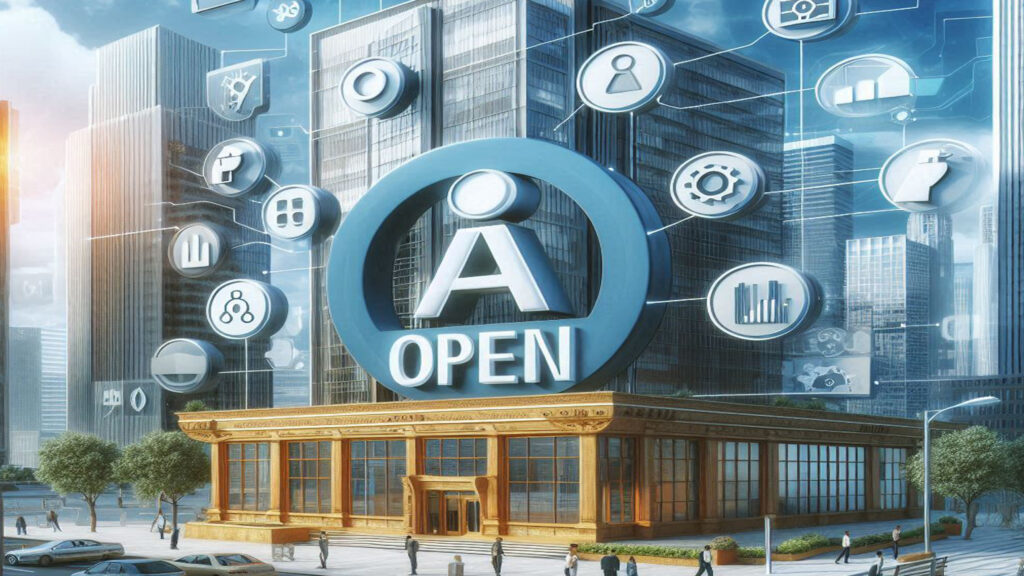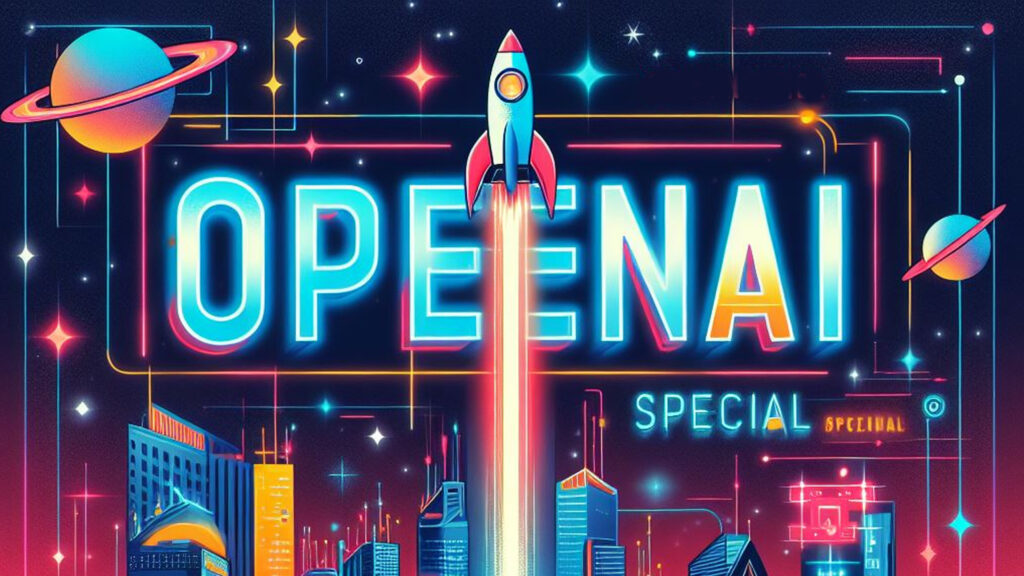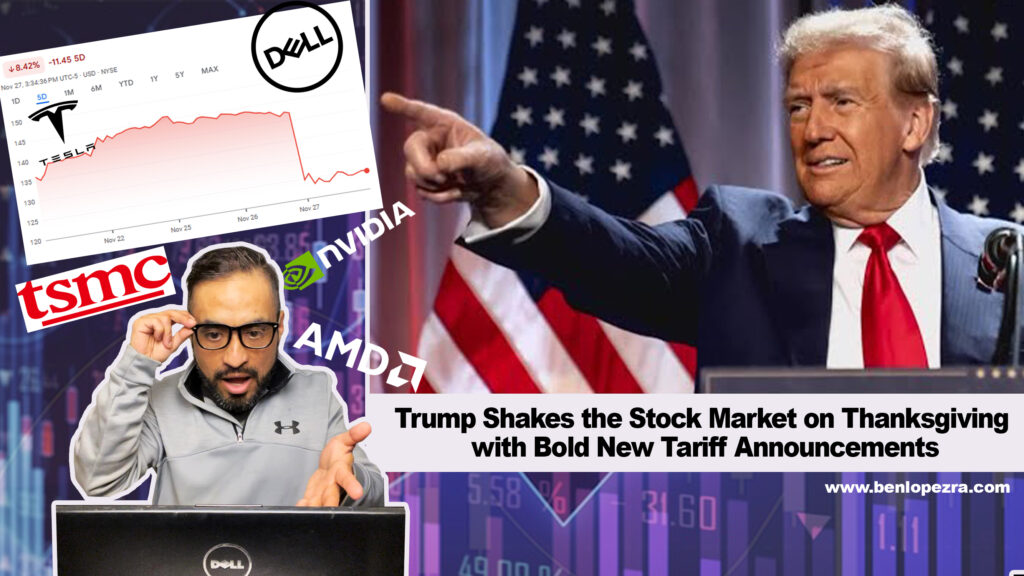Subscribe To My Newsletter
OpenAI—Learn how started, current and future developments, and how they will revolutionize the world of AI.
Introduction
As usual, behind every successful company are people pursuing dreams, goals, and challenges that the founders had to deal with in their entrepreneurial journeys. In this story is not the exception. For this reason, I would like to cover in this blog post the different stages that this company has experienced from the beginning to the present, and the plans for its future projects.
2015 – 2018: The Non-profit and Story Beginnings
The story of OpenAI’s founding dates back to 2015 when a group of visionary individuals, including Ilya Sutskever, Greg Brockman, Sam Altman, Elon Musk, John Schulman, and Wojciech Zaremba, came together with a shared concern about the long-term impact of artificial intelligence on society. Shortly after its founding, OpenAI welcomed Andrej Karpathy to the team, further strengthening its expertise in machine learning. They recognized the potential for AI to bring about incredible advancements but also understood the significant risks it posed if not developed ethically.
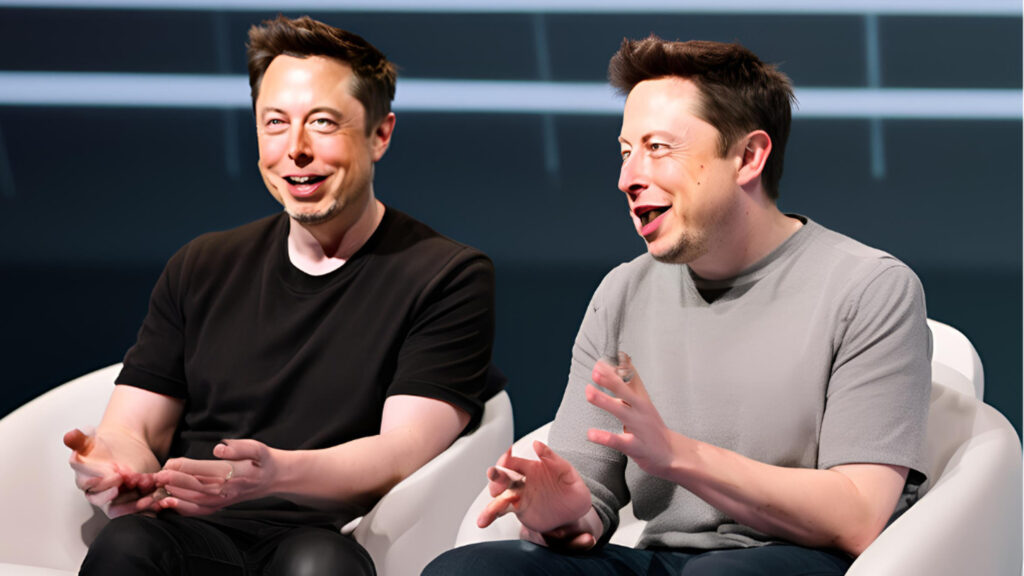
In December 2015, Elon Musk and Sam Altman announced the formation of OpenAI, with a mission to ensure that artificial general intelligence (AGI) benefits all of humanity. OpenAI is initially funded with $1 billion from its founding investors, including Elon Musk and Sam Altman. The organization was founded with a commitment to openness and transparency, with the target to make its research accessible to the AI community.
In April 2016, OpenAI released a public beta of “OpenAI Gym,” its platform for reinforcement learning research. In August 2016, Nvidia gifted its first DGX-1 supercomputer to OpenAI to help it train larger and more complex AI models, reducing processing time from six days to two hours.
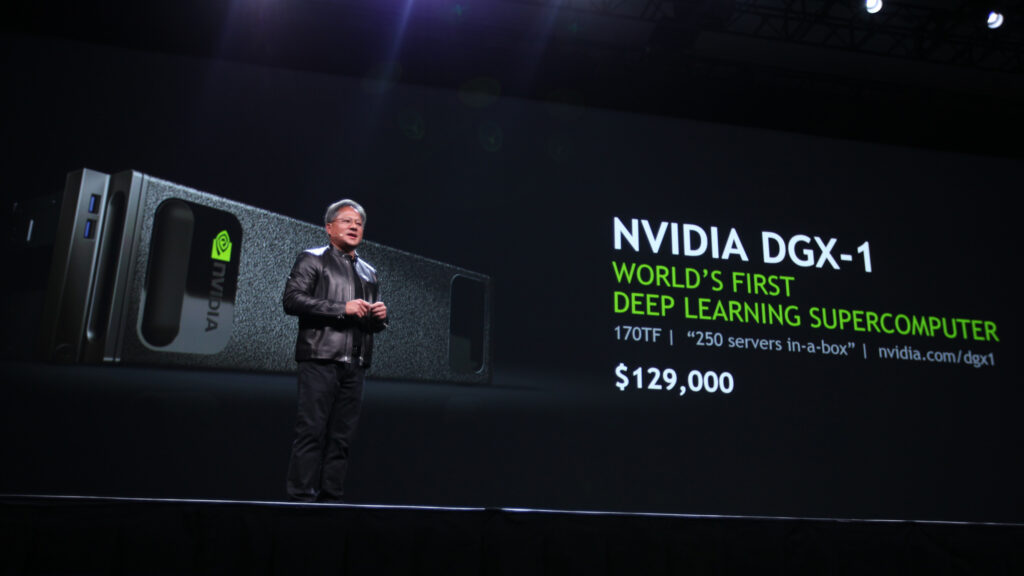
In December 2016, OpenAI released “Universe,” a software platform for measuring and training AI’s general intelligence across various games, websites, and applications. During this stage, OpenAI continues to receive funding from various sources, although specific financial details are not publicly disclosed.
In 2017, OpenAI spent $7.9 million, or a quarter of its functional expenses, on cloud computing alone. In comparison, DeepMind’s total expenses in 2017 were $442 million. Another important event for OpenAI in 2017 was the announcement of the creation of OpenAI LP, a for-profit company aimed at raising funds for its research efforts.
In late 2017, OpenAI introduced the GPT-1 (Generative Pre-trained Transformer) model, marking a significant milestone in natural language processing. This model, while a precursor to later versions, demonstrated the potential of large-scale transformer models for generating coherent and contextually relevant text. Despite its success, OpenAI continued to refine and improve its language models, for the following versions.
In 2018, OpenAI announced a series of significant developments that increased its growing influence and impact in the field of artificial intelligence. In March, the organization announced a new version of its Dota 2 AI, achieving an impressive 99.4% win rate against human players in public matches. This achievement demonstrated the tremendous progress made in reinforcement learning and AI gaming capabilities.
Moving into June, OpenAI introduced OpenAI Five, a team of five neural networks designed to master Dota 2 gameplay. The team later participated in The International 2018, a premier esports tournament, where they competed against professional players, demonstrating the advanced capabilities of AI in competitive gaming settings. During the summer, OpenAI revealed that training its Dota 2 bots required renting 128,000 CPUs and 256 GPUs from Google for several weeks, highlighting the massive computational resources needed for AI research at this level.
Despite these successes, 2018 also marked a significant transition for OpenAI as Elon Musk resigned from the Board of Directors, citing a potential conflict of interest with his role at Tesla. His departure signaled a shift in leadership dynamics within OpenAI, highlighting the complex challenges and considerations in the rapidly evolving landscape of AI development and governance.
The year concluded on a high note for OpenAI as it secured $125 million in funding from investors, including Microsoft, a testament to the growing interest and support for OpenAI’s research and development efforts.
2019: OpenAI’s Shift to a For-Profit Entity
February 2019, Open AI makes headlines with the release of GPT-2, a language model capable of generating human-like text. GPT-2 demonstrates the potential for large-scale language models to produce coherent and contextually relevant text, sparking both excitement and concern about the future of AI.
In March 2019, OpenAI made a significant shift from its non-profit status to a “capped” for-profit entity, where profits were limited to 100 times any investment. This transition marked a pivotal moment for the organization, signaling a new direction in its business model and strategy. Following this change, OpenAI took several key steps to solidify its new for-profit status. It distributed equity to its employees and formed a strategic partnership with Microsoft, which included a substantial $1 billion investment into the company. As a result, OpenAI’s systems began running on an Azure-based supercomputing platform from Microsoft, enhancing its capabilities and reach in the AI space.
Moreover, OpenAI Global LLC, the newly established for-profit entity, announced its intention to commercially license its technologies. This move was part of a larger plan to utilize the $1 billion investment within five years, highlighting the ambitious goals set by the organization. Despite these changes, OpenAI, Inc., the original non-profit entity, retained a significant role as the sole controlling shareholder of OpenAI Global LLC. This structure ensured that the for-profit entity maintained a formal fiduciary responsibility to uphold OpenAI, Inc.’s nonprofit charter. However, the transition to for-profit status raised some concerns among researchers and the AI community. Some argued that OpenAI’s shift contradicted its previous claims of “democratizing” AI, raising questions about the implications of these changes for the future of artificial intelligence development.

